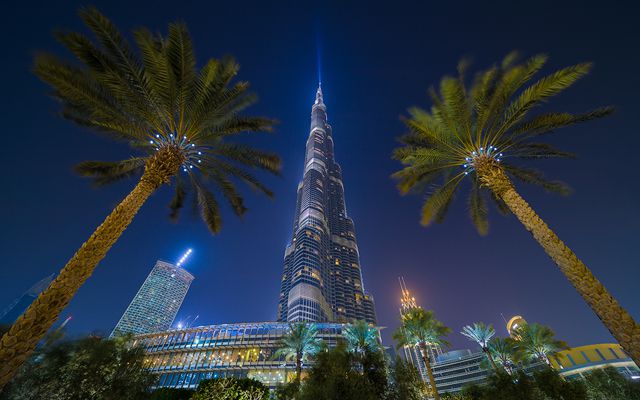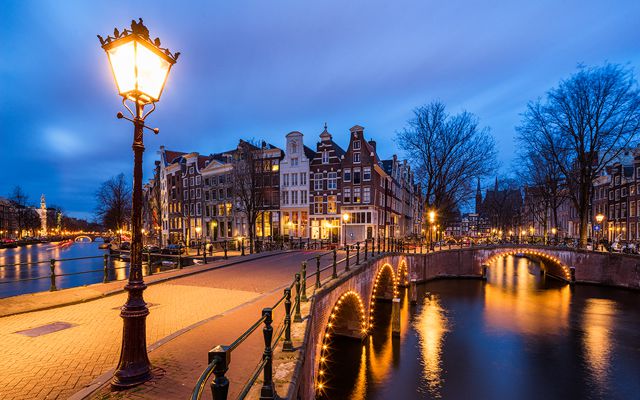 This one really didn’t wanted to be combined. It always was a little off. I even tried to combine it in Photoshop (which I almost never do), but it just refused to work nicely. In the end I had to remove almost half from one of the shots, so the rest blends nicely. You can see a screenshot from PTgui on the side. Repeating texture is really hard for panorama software :)
This one really didn’t wanted to be combined. It always was a little off. I even tried to combine it in Photoshop (which I almost never do), but it just refused to work nicely. In the end I had to remove almost half from one of the shots, so the rest blends nicely. You can see a screenshot from PTgui on the side. Repeating texture is really hard for panorama software :)
I took this photo in the spring in the Open air museum in Bardejovske Kupele in Eastern Slovakia. It’s a two shot vertorama, each shot from 5 esposures. Vertorama created in PTgui and HDR blended in Oloneo Photoengine. Finished in Photoshop.
























